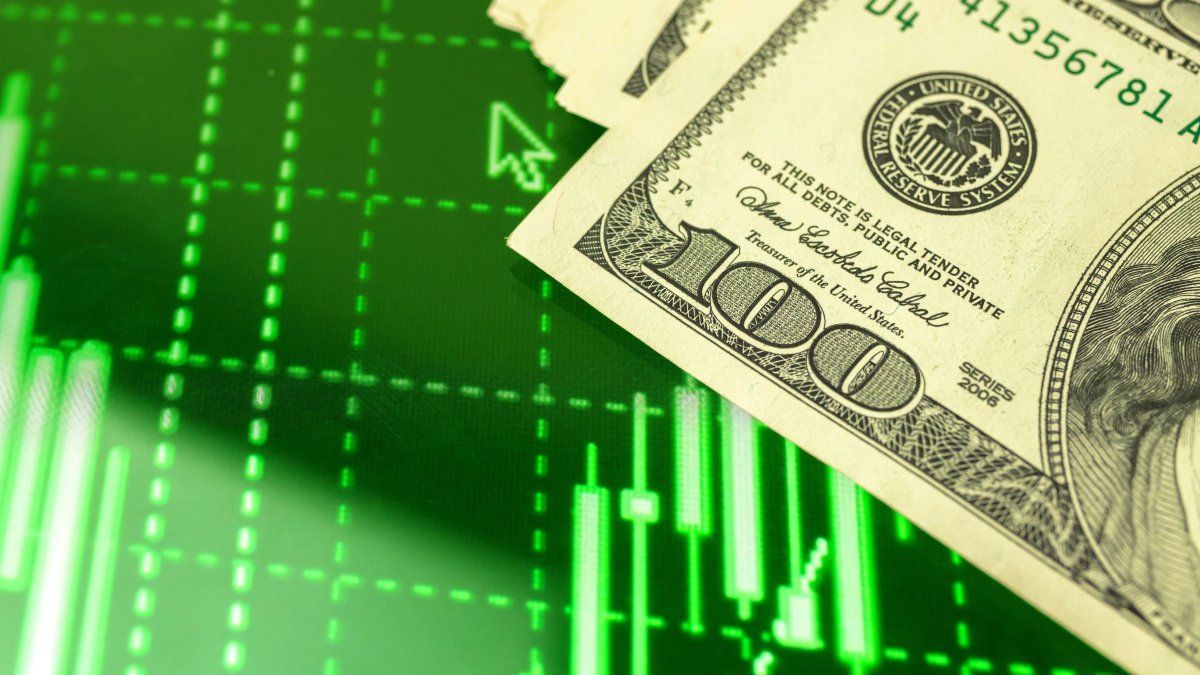The treasure refinance 76% of the maturities in its last tender in July. He placed $ 9 billion with higher rates and short maturities. Keys of the financial strategy.
In one tender Marked by the recent market instability, the Ministry of Economy managed to capture $ 9 billion, in the last tender of July, very close to the $ 9.4 billion offered by investors. However, the most relevant fact is that this amount was below the $ 11.8 billion that overcome, which implied a renewal level of 76.3%. Although below the ideal, the result was somewhat better than expected by the market
The content you want to access is exclusive to subscribers.
The $ 2.8 billion deficit in the tender was partially compensated by a key measure taken days before: the increase in the mandatory lace for common investment funds and caution operations, which will go from 20% to 30% from August 1. This change will absorb about $ 2.5 billion, reducing net emission to just $ 0.2 billion. In monthly terms, and adding an extraordinary placement outside the usual schedule, the treasure achieved a 151%rollover, which allowed it to improve the financial balance of the month.


To get financing, the government had to validate higher rates than those that had been negotiated in the secondary marketespecially in very short -term instruments. 84% of what was placed in letters with maturities less than 45 days, and the most demanded (the S15G5, only 15 days) took 41.4% of the issuance, with a monthly effective rate of 4.3%. Although the Central Bank did not intervene directly in the passes or rest market, the Ministry of Economy validated an extra cost of between 20 and 35 basic points with respect to the market, which in fact set a new “floor” for yields in pesos.
This strategy seeks to strengthen exchange stability, avoiding an expansion of weights in the economy that can press on the exchange rate. In other words, the economic team is prioritizing a scheme of high rates and restricted liquidity to avoid shocks in the dollar. However, this approach begins to show its limits: although it can help calm the demand for currencies in the short term, credit also makes consumption cools and slows the investment. The negative impact of this scenario of high rates on economic activity is already beginning to feel, but until now the government does not seem to have put the focus on that problem.
All this happens in a context of relative calm, after several weeks of high financial volatility. The previous week was marked by strong rises in short -term rates, sudden movements in the peso curve and an increase in the A3 segment operations. After that episode, the rates began to stabilize: the caution at one day, for example, was in a TNA of 40%, which now functions as the new floor for the entire financial system. But that calm has a cost, and it is an economy increasingly conditioned by the cost of money.
Economist – Exsubsecretary of Macroeconomic Programming
Source: Ambito
David William is a talented author who has made a name for himself in the world of writing. He is a professional author who writes on a wide range of topics, from general interest to opinion news. David is currently working as a writer at 24 hours worlds where he brings his unique perspective and in-depth research to his articles, making them both informative and engaging.




